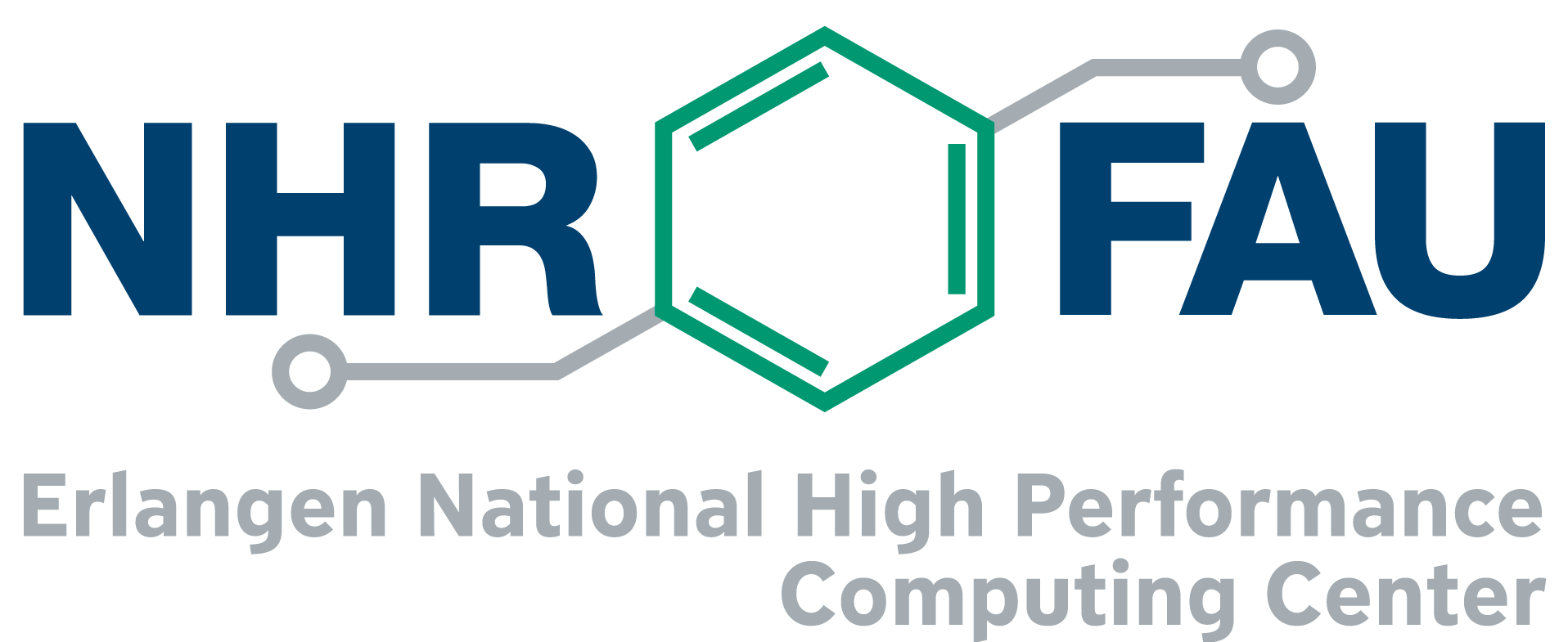Monthly HPC Café – The missing Python introduction for scientists (March 21, hybrid event)
Topic: The missing Python introduction for scientists
Speaker: Tamás Gál, Erlangen Centre for Astroparticle Physics, ECAP)
Abstract: Python became the most popular programming language among scientists but its design and origin have little to do with science, number crunching and high-performance computing. The easy-to-understand syntax and effortless duck typing lower the entry-level threshold greatly, which is one of the main reasons it became so popular, not only in science. The high-level nature of Python enables scientists to quickly create usable analysis pipelines and at the same time it also reveals a lot of issues when it comes to writing efficient code to squeeze out the maximum of the computer hardware. These problems usually occur in a late stage of development, when the pipeline refuses to scale with larger datasets. This talk gives an introduction to Python’s internals and explains why libraries like NumPy, Pandas, Numba etc. are essential tools in a scientific pythonista’s pocket and how they work under the hood. A better understanding of these things makes it easier to write more efficient code and pick the right tools (or language) for the job.

